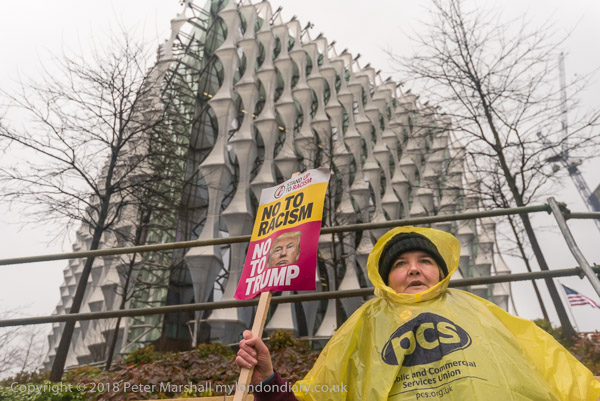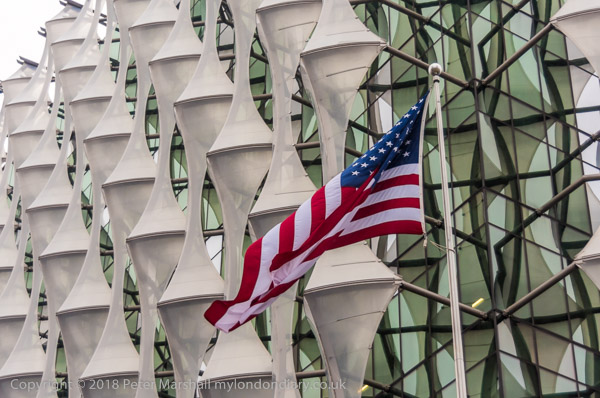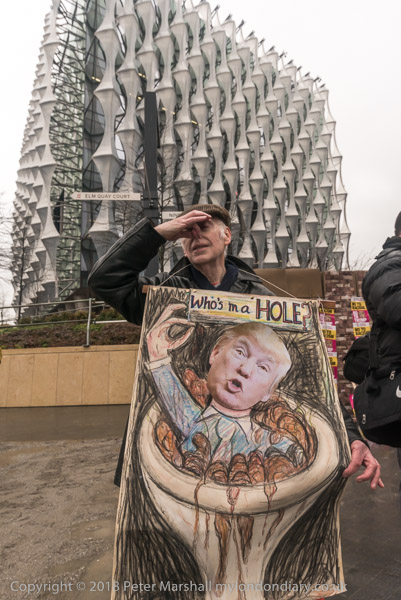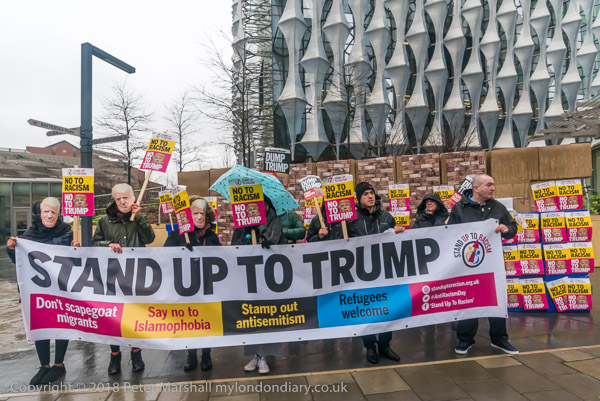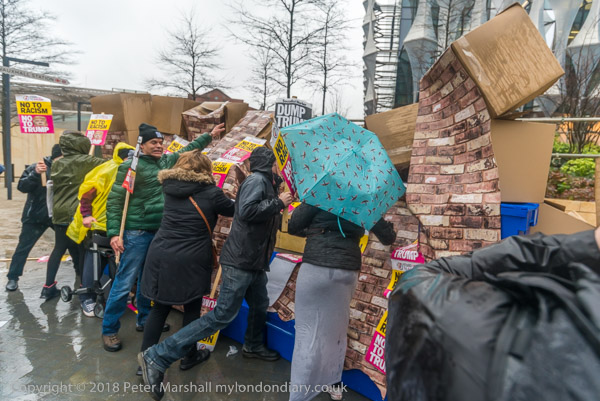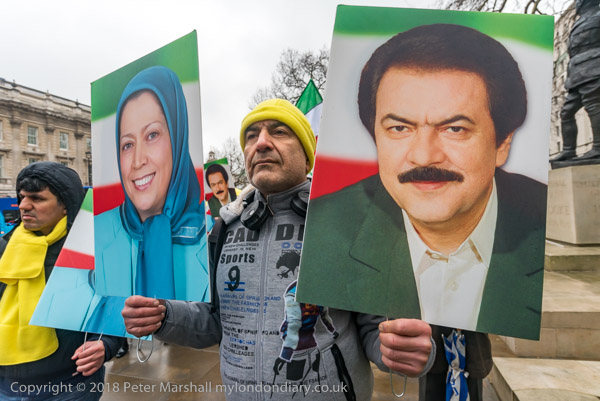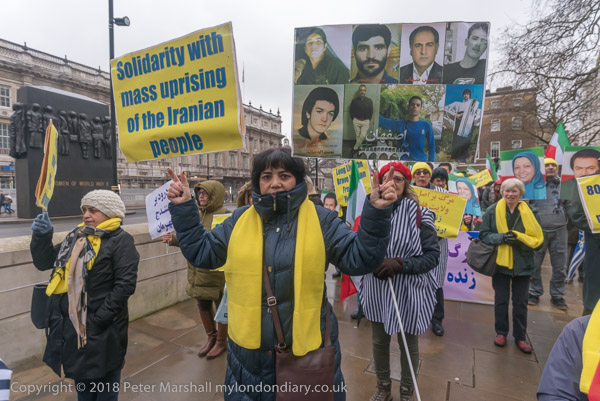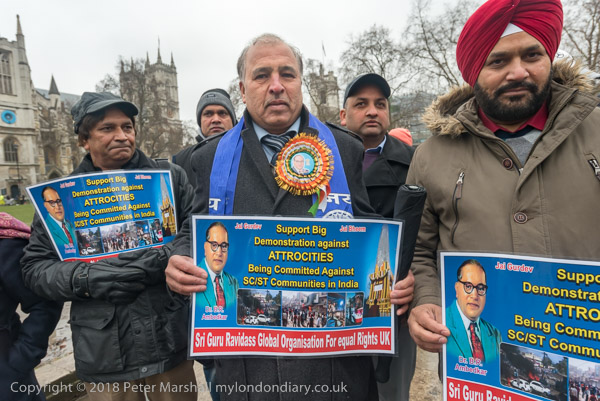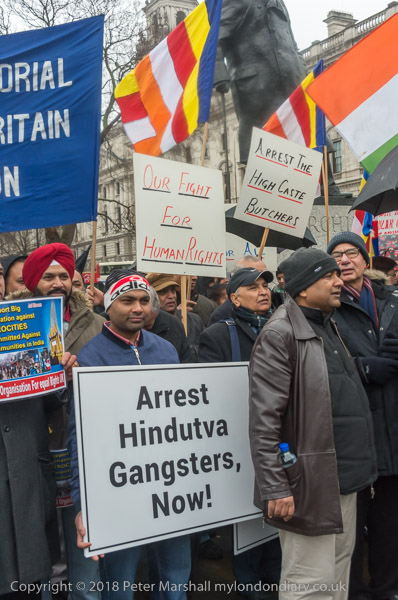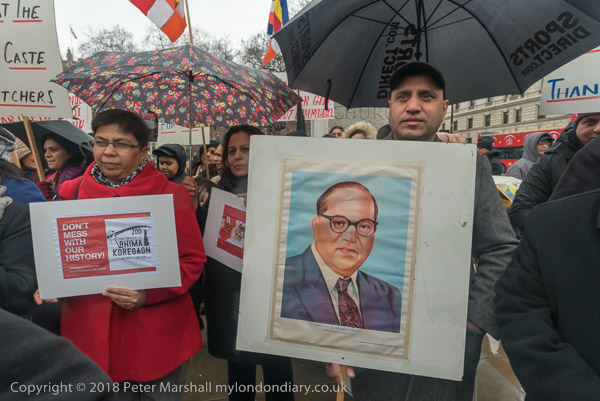The Wall Must Fall & Kyoto: There were two protests on May 15th 2004 over major issues still very relevant now. The first was against the separation wall being built by Israel which was breaking up many Palestinian urban settlements and dividing some farmers from their lands. Designed for the convenience of IsraelI Security forces it reconfigures many boundaries and paved the way for further IsralI settlements on Palestinian land, in complete disregard of the needs and civil rights of Palestinians.
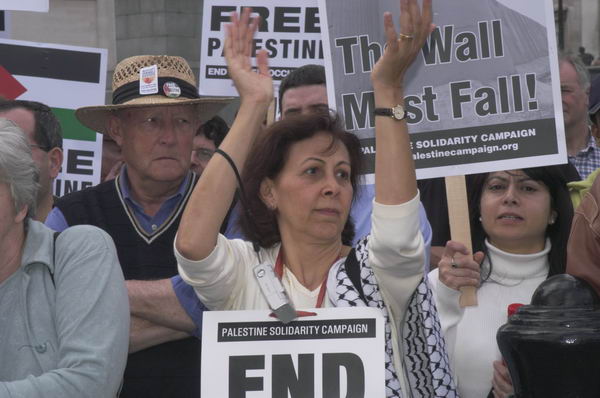
Later I joined the march from Leatherhead to the US Embassy for the final few hundred yards of their march in protest against the failure of the US to ratify the Kyoto climate accord. US policies on climate change were and now are largely driven by the fossil fuel companies and have led to our current position with global temperatures continuing to rise towards levels the science tells us endangers human life on our planet. Though warming in the oceans may lead before long to a loss of the Gulf Stream which makes life in the UK tolerable and bring in a new Ice Age in the UK!
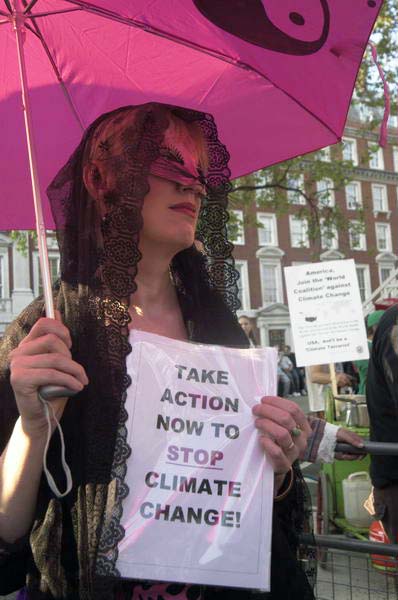
As with other events in the early years of My London Diary, the page design separated text and images, and the text was made less legible by eschewing capitals, a victory of style over sense which made no sense when I had begun to post more events on the pages with longer stories – but which it took me until 2008 to redesign. Below I’ll reunite some of the pictures with the text I wrote and links to the many more pictures still on their own pages on My London Diary.
The Wall Must Fall – Free Palestine Rally, Trafalgar Square
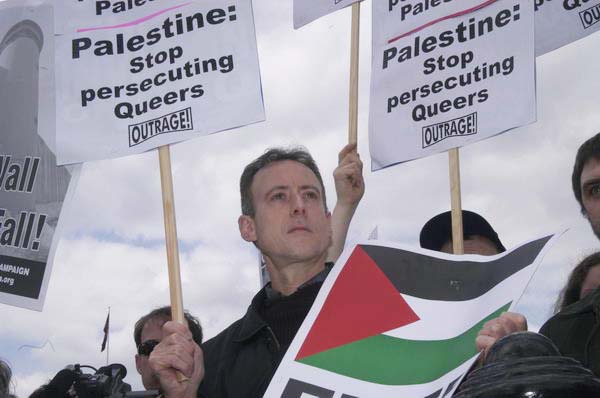
The Wall Must Fall rally in Trafalgar Square on 15 May started with an an ugly scene, when stewards stopped Peter Tatchell and a group from Outrage from being photographed in front of the banners around Nelson’s Column. The rally organisers argued that raising the question of the persecution of gays in Palestine distracted attention from the Palestinian cause. Their childish attempts to distract the attention of photographers by jumping in front of the Outrage protesters, holding placards in front of theirs and shouting over them simply increased the force of Tatchell’s arguments and coverage they gained.

Fortunately the rally soon got under way. The main speaker was Jamal Jumaa – Director of the Stop The Wall Campaign In Palestine, although there were many others, including Sophie Hurndall, the mother of murdered peace activist Tom, Green MEP Caroline Lucas, Afif Safieh the Palestinian General Delegate to the UK, George Galloway and more. Too many more for most of us.



War On Want activists came with a wall to dramatise the effect of the wall in Palestine. When the march moved off down Whitehall, the wall walked with them, and it was erected again opposite Downing Street. Here there was a short sit-down on the road before the event dissolved.
Many more pictures on My London Diary including of the main speakers.
Kyoto march to US embassy, Grosvenor Square
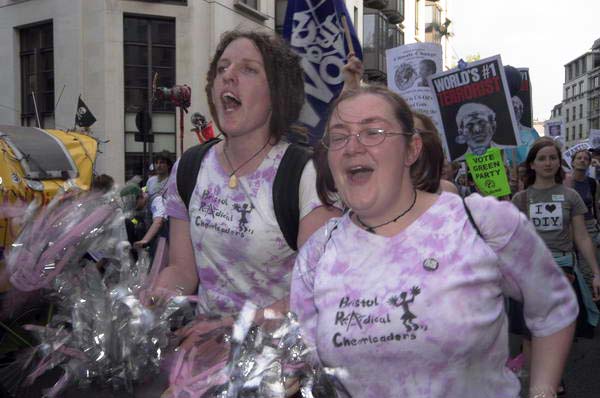
I caught up with the Kyoto march, organised by the Campaign Against Climate Change, as it reached Berkeley Square on the last quarter-mile or so of its long trek [around 19 miles] from the Esso British HQ in Leatherhead. Esso are seen as being one of the main influences behind the refusal by President George Bush and the US administration to ratify the Kyoto Accord.
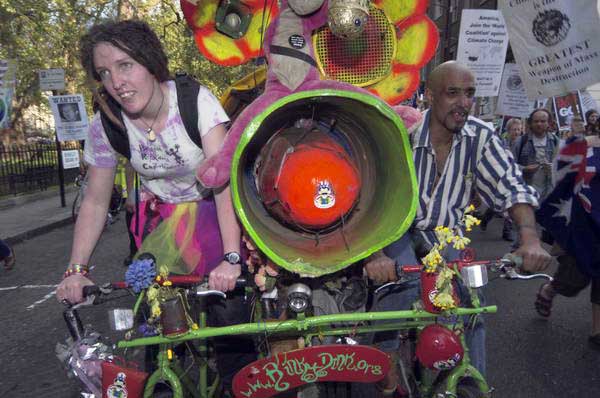
The campaign had previously organised a number of marches in london, and this was an annual event.
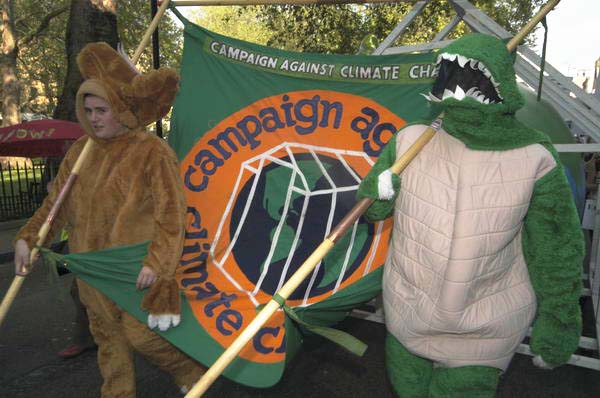
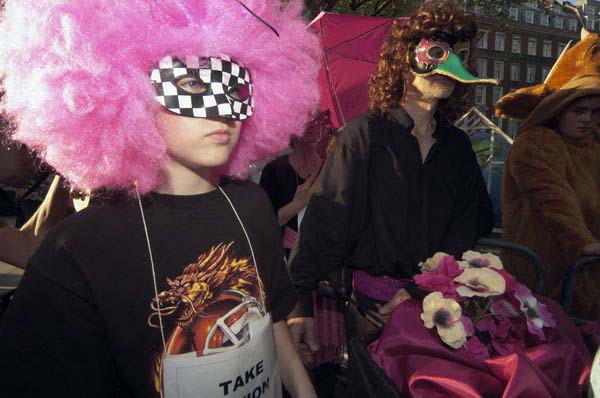
Among the marchers it was good to find a number dressed ready for the promised ‘Dinosaur Party’ at the US Embassy, as well as the fantastic Rinky Dink cycle-powered sound system. It was also good to meet a few of the Bristol Radical Cheerleaders again, bouncing with energy as ever. A little colour was also added by a small group of of Codepink activists forming a funeral cortège, carrying the globe on their coffin.
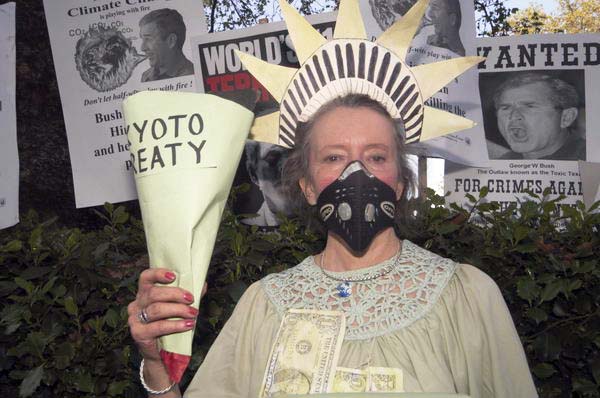
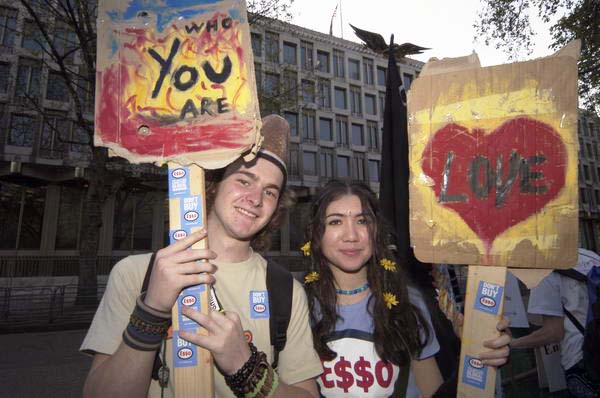
The police in Grosvenor Square were not helpful, but eventually the speeches got under way in a corner of the square.
More pictures on My London Diary.
Flickr – Facebook – My London Diary – Hull Photos – Lea Valley – Paris
London’s Industrial Heritage – London Photos
All photographs on this page are copyright © Peter Marshall.
Contact me to buy prints or licence to reproduce.






